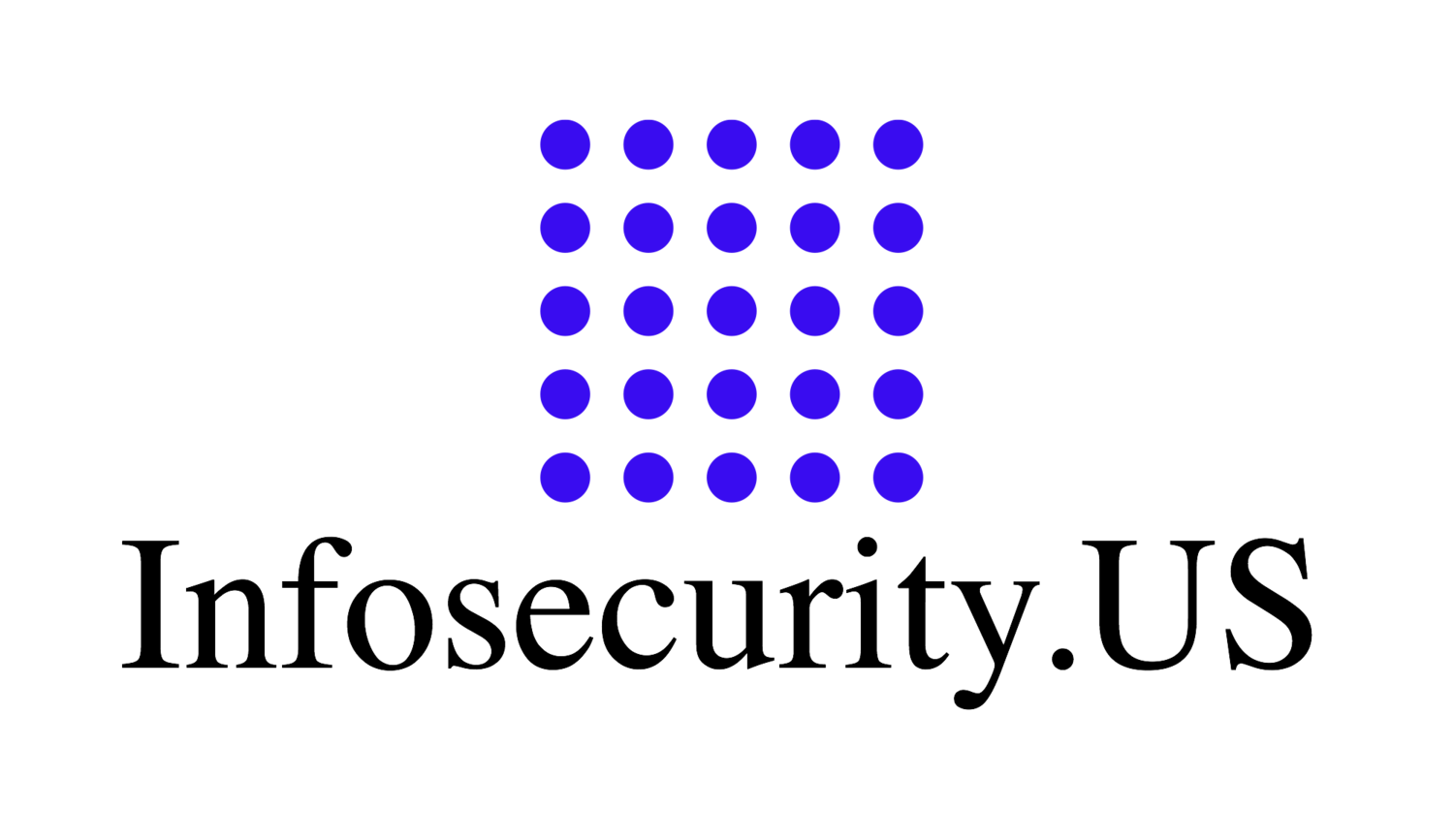MIT's Attack Detection via Super Computing
In a not-too-astounding announcement, it seems MIT Academicians have found a new use for super-computational resources: The utilization of super comuting resources targeting so-called 'compressed bundles' with the ostensible outcome of attack detection. I'll wager there are foreword thinking data scientists bent over the same workwheel using so-called 'Cloud Computing' for the same task (at tenth of a percent of the cost per flop). Just sayin...
'"If you're trying to detect anomalous behavior, by definition that behavior is rare and unlikely," says Vijay Gadepally, a senior staff member at the Lincoln Laboratory Supercomputing Center (LLSC). "If you're sampling, it makes an already rare thing nearly impossible to find."' - via The Lincoln Laboratory at the Masachusetts Institute of Technology




